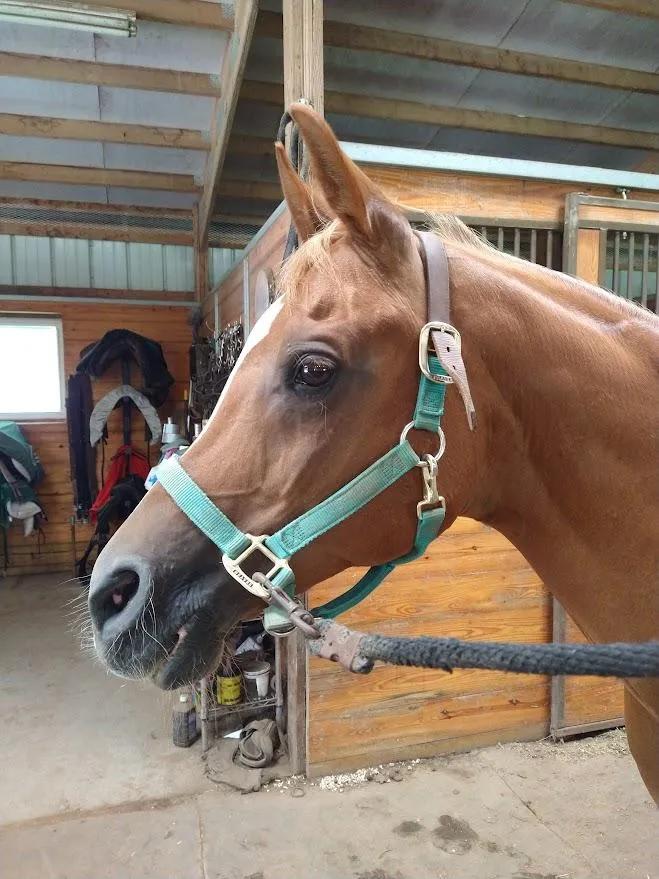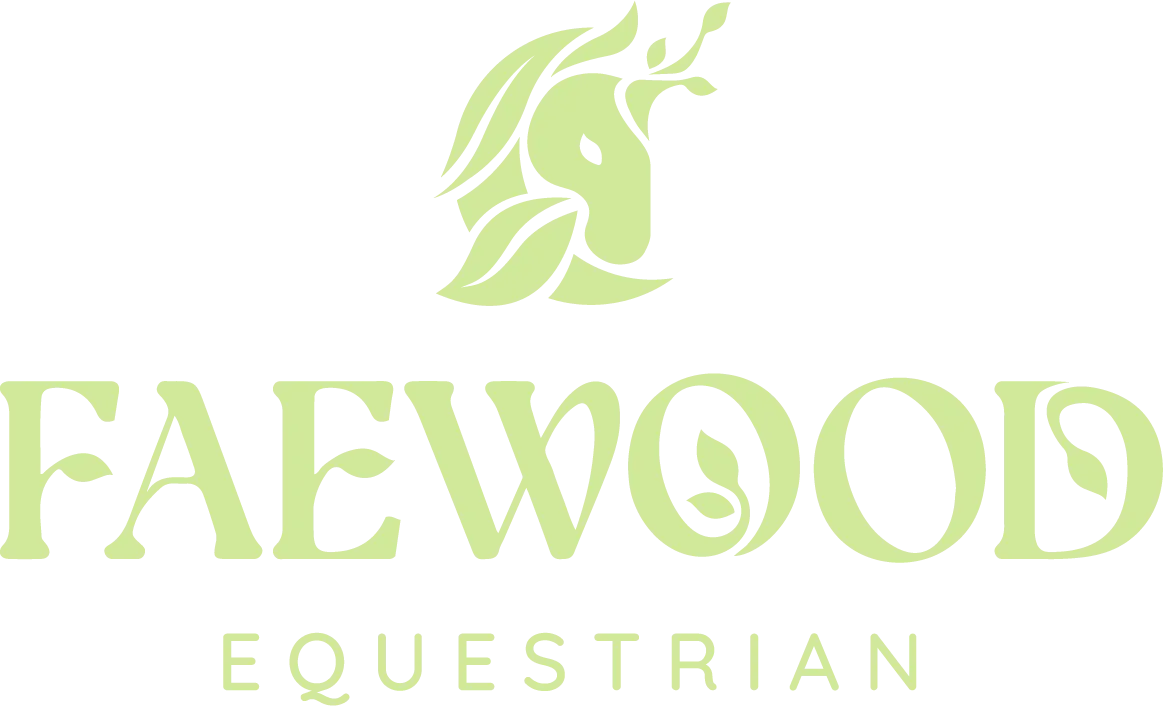
Equine Body Language
Understanding the body language of horses is an important skill for anyone interacting with these majestic animals. It allows us to interpret their feelings, intentions, and overall well-being, fostering a stronger bond between horse and handler.
Horses communicate primarily through body language, using their ears, eyes, mouth, tail, and posture to express a wide range of emotions and reactions. Recognizing these subtle cues can greatly enhance the relationship with your horse, ensuring a safer and more enjoyable experience for both.
The ears are among the most expressive parts of a horse. When a horse's ears are pricked forward, it indicates curiosity or attention towards something in its environment. Conversely, pinned back ears can signal annoyance, aggression, or a warning to stay away. Ears that are loosely turned to the side suggest relaxation and contentment.
The expression of eyes and nostrils also provide insight into a horse's emotional state. Wide, alert eyes and flared nostrils may indicate fear or excitement, while soft, relaxed eyes and nostrils suggest calmness. At the same time, when a horse breathes short and snorty, you know they are excited or worried about something.
The positioning and movement of a horse's tail can also reveal much about its mood or comfort. A gently swishing tail typically indicates relaxation, while a stiff, rapidly swishing tail may express irritation or discomfort. A raised tail can signify excitement or high spirits. Some horses, like Arabians, can raise their tail vertically and prance when they are excited
Body posture is another key element in understanding horse body language. A horse standing with its weight evenly distributed on all four legs is generally relaxed. However, a horse leaning away or shifting its weight may be preparing to flee or is uncomfortable. Generally speaking, when a horse leisurely drops one hip, he is calm and relaxed.
By paying close attention to these non-verbal cues, equestrians can better understand and anticipate a horse's needs and emotions, leading to a harmonious and trusting relationship. It's important to remember that each horse is an individual, and learning to read its unique body language takes time and patience. Whether you're a seasoned equestrian or a novice horse enthusiast, developing an understanding of horse body language is an invaluable skill that will enhance your interactions and ensure the well-being of these beautiful creatures.
The better you can read your horse’s body language, the easier it will be for you to catch your horse and to know if your horse is comfortable.
~Monique Myers

